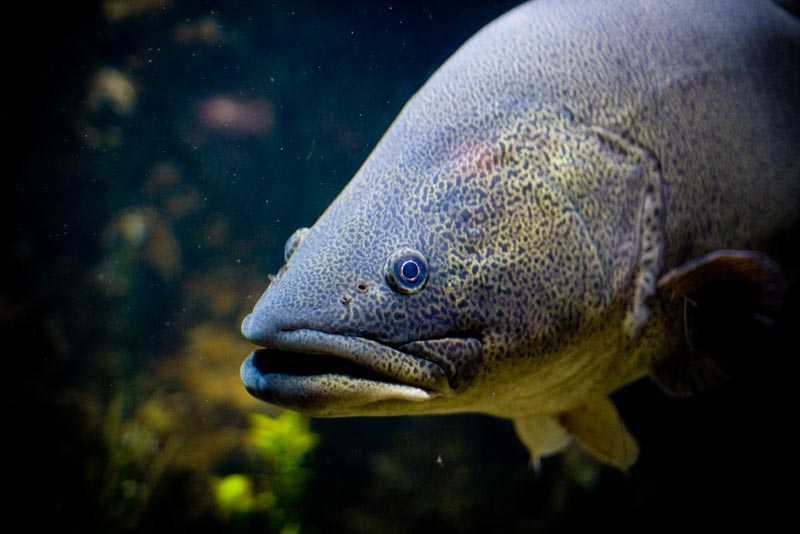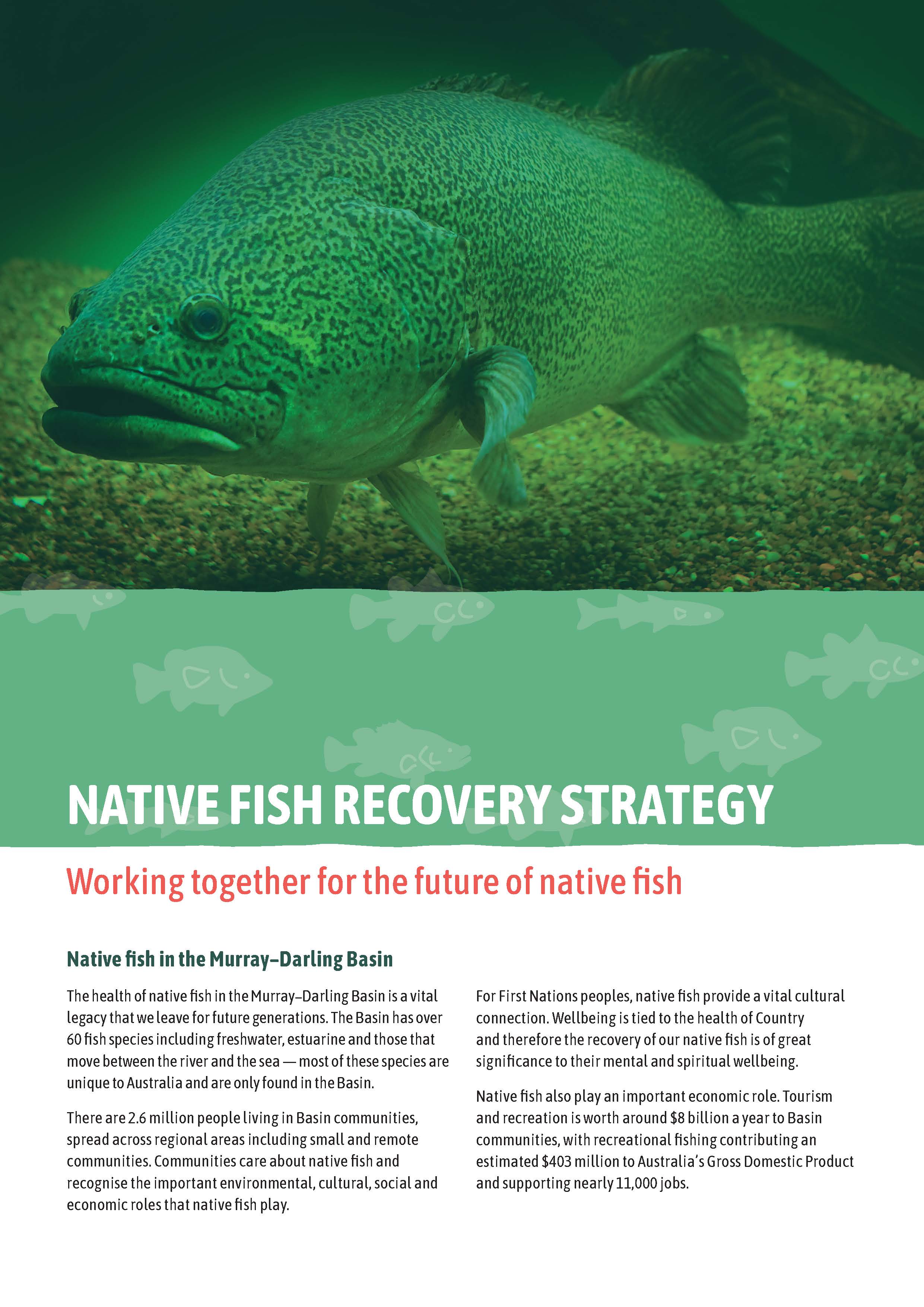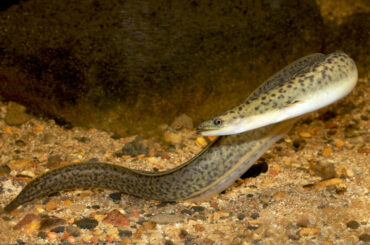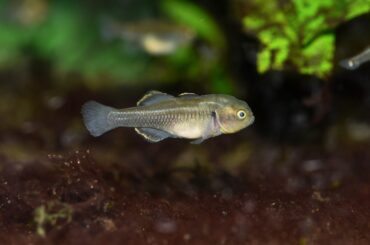
Working together for the future of native fish:
The health of native fish in the Murray−Darling Basin is a vital legacy that we leave for future generations. The Basin has over 60 fish species including freshwater, estuarine and those that move between the river and the sea – most of these species are unique to Australia and are only found in the Basin.
Native Fish Recovery Strategy

The importance of native fish in the Basin
There are 2.6 million people living in Basin communities, spread across regional areas including small and remote communities. Communities care about native fish and recognise the important environmental, cultural, social and economic roles that native fish play. For First Nations people, native fish provide a vital cultural connection. Wellbeing is tied to the health of Country and therefore the recovery of our native fish is of great significance to their mental and spiritual wellbeing.
Native fish also play an important economic role. Tourism and recreation is worth around $8 billion a year to Basin communities, with recreational fishing contributing an estimated $403 million to Australia’s Gross Domestic Product and supporting nearly 11,000 jobs.
Over the past few years native fish in the Basin have faced tough conditions including widespread drought, reduced water availability and more recently, the effects of intense bushfires.
Water managers know that native fish are one part of a larger living, connected system and work needs to be done to protect these species. That’s why the $5 million in joint government funding has been invested to develop a Native Fish Recovery Strategy.
Native Fish Forum 2023
Hear from presenters on the topics discussed at this year’s fishiest event.
For the most recent updates on the Native Fish Recovery Strategy activity learn about our four Recovery Reaches and sign up for quarterly email updates.
The Native Fish Recovery Strategy
Basin governments, community, First Nations, recreational fishers and scientists have developed a Native Fish Recovery Strategy. The Strategy provides a high-level framework to guide future investment. It emphasises community engagement and ownership, focusing on recovering rivers of Basin-scale significance in a way that complements existing initiatives.
The Native Fish Recovery Strategy recognises that native fish move, breed and complete their life cycles over Basin-scales. This means that having healthy native fish populations in any given river is largely dependent on the health of native fish populations in connected catchments. The Strategy calls for investment in actions that complement state activities and maximise outcomes at local, regional and Basin-scales through coordinated efforts.
The Strategy has a 30-year horizon to 2050, with 10-year implementation stages that aim to achieve four broad outcomes:
- Outcome One: Recovery and persistence of native fish
- Outcome Two: Threats to native fish are identified and mitigated
- Outcome Three: Communities are actively involved in native fish recovery
- Outcome Four: Recovery actions are informed by best available knowledge.
Developing partnerships is a core element of the Strategy, so that First Nations people, recreational fishers, conservation groups, industry and the broader community can lead on-ground actions to recover native fish populations and invest in local economies. This will increase our joint knowledge-base, help to find novel solutions, improve capacity and promote community participation.
Native Fish Recovery Strategy at a glance

Investing in the future for native fish
The Native Fish Recovery Strategy needs significant, long term investment to achieve its vision of recovering native fish for future generations. Joint government funding of $5 million has been invested to develop the strategy. Looking forward, additional investment will be needed to achieve the strategy outcomes and engage the community in fish recovery actions.
As part of implementation of the Strategy it will be important to build partnerships with the private sector, industry and communities to help deliver actions and recover native fish for future generations.
How you can get involved
Everybody has a role to play in recovering native fish. To register your interest in receiving updates, or to find further information on the Native Fish Recovery Strategy, please visit https://getinvolved.mdba.gov.au or download the brochure to share with your communities.
Native Fish Emergency Response Plan
While Basin state governments must lead any emergency response, the Australian Government has a role in supporting actions to manage Basin-significant fish death events. Together, joint governments developed the Native Fish Emergency Response Plan to set out a process to coordinate actions and make resources available to respond quickly to Basin-scale risks to native fish. The plan, a snapshot of the plan and a water quality risk map for fish are available here.
Members of the community should report mass fish deaths to their relevant local authority:
- New South Wales: Fishers Watch – 1800 043 536
- Victoria: Environment Protection Authority – 1300 EPA VIC (1300 372 842)
- South Australia: Fishwatch Hotline – 1800 065 522
- Queensland: Department of Environment and Science – 1300 130 372
- Australian Capital Territory: Access Canberra – 13 22 81
Latest Updates:
Main image: The Murray cod is an iconic Australian native fish.
Photo credit: Guo Chai Lim/Flickr, CC BY-NC-SA





